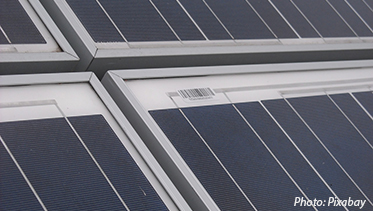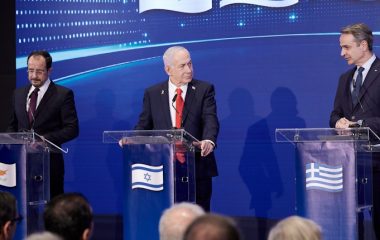
Nikos Kouyialis said two innovative solar parks must be completed by 2019. Their construction would generate up to 300 jobs, out of which 50 to 60 will be permanent, according to the Cypriot minister of agriculture and environment. During the ceremony of the signing of the Paris Agreement in the headquarters of the United Nations in New York, he added Cyprus has a lot more to do in the area of climate change.
Investors from the United States are interested in renewable energy sources in Cyprus, former secretary of state Madeleine Albright earlier said in Nicosia. Aiming to move further with the two concentrated solar power (CSP) plants which are in plan for construction on the island, she met state officials including president Nikos Anastasiades, Cyprus Mail reported.
Albright, active in operations of investment companies, expressed interest in constructing at least one of the solar thermal parks, alongside a Swedish company, Kouyialis said after meeting her. U.S.-based funds will move in to support the projects and the companies that will build them, he added. Cyprus has seen an expansion of CSP initiatives in the past year.
In October, the government approved funding for CY EOS Green Energy project by Alfa Mediterranean Enterprises Ltd. for a 50 MW solar thermal power park in the Alassa area in Limassol, and financial support for CY CSPe Helios Power, by PFXT Thermosolar Renewables Ltd. Both were selected for funding within the framework of the second phase of the NER300 programme of the European Commission for projects demonstrating innovative energy technologies from renewable energy sources. Capex for the 50 MW solar thermal power park in Achera, Nicosia, amounts to EUR 194.7 million, with European funds amounting to EUR 46.6 million.
Capital expenditure for CY EOS is EUR 176.2 million, with funding from Brussels covering EUR 60.2 million. EOS project is designed for maximum operating flexibility, with two 25 MW generators, where one is a standby unit. The plant will be able to operate, if required by the network owner in peak hours or in emergencies, at 50 MW. The facility is designed to operate for 24 hours at 25 MW output, but it could just as easily operate at 50 MW for 12 hours. Both modes of operation deliver the same energy output for the day from 600 modules.

















